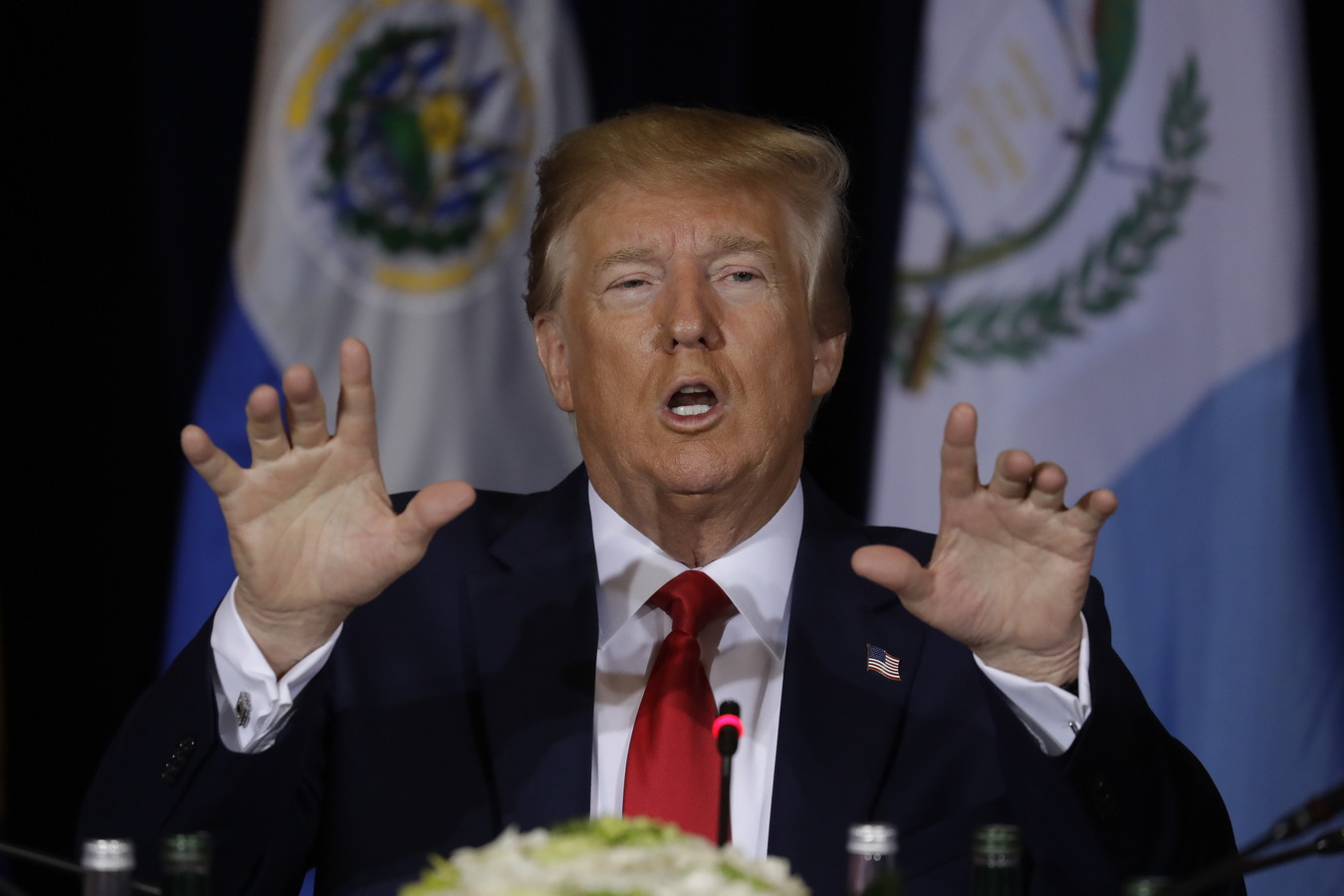Flat Tires at the Border
Flat Tires at the Border
While the U.S. presidential race sparks debate about NAFTA, officials spar over a U.S.-Mexico pilot trucking program. Critics raise fears about Mexican truckers on U.S. roads, but the Department of Transportation finds the project benefits U.S. truckers and trade.
Even as U.S. Democratic presidential candidates on the campaign trail reopen debate about the North American Free Trade Agreement (NAFTA), debate between U.S. officials calls into question the future of a U.S.-Mexican cross-border trucking program. Six months into a one-year trial, detractors in U.S. Congress seek to dismantle the program. However, the U.S. Department of Transportation found that—halfway through the pilot—the program met all 22 safety mandates set out by Congress.
Nearly a decade and a half ago, the North American Free Trade Agreement (NAFTA) required the United States to open its borders and all of its states to Mexican trucks by 2000. But protests by union leaders and safety groups raised concerns about a lack of oversight in terms of cargo inspections and background checks of Mexican truckers, hindering implementation of the trucking agreement. Initiated in September 2007, the pilot project sought to provide an entry point to meet provisions. In December 2007, Congress ended funding for and prohibited establishing cross-border trucking programs. The Transportation Department continued the pilot, arguing the programs were established prior to the December law and igniting a debate, not only with the Senate, but also with the Teamsters and environmental groups.
But while critics complain of concerns that the project does not provide enough oversight in terms of Mexican truckers on U.S. roads, reports by the Transportation Department find that U.S. truckers have benefited more from the program than their Mexican counterparts. At the six-month mark, only 18 out of 100 Mexican trucking companies expected to sign up had participated. Furthermore, U.S. carriers made nearly 700 cross-border trips as part of the project—more than double the trips made by Mexican truckers. “We should be looking for every opportunity to open new markets for our drivers,” said Transportation Secretary Mary E. Peters, speaking March 25 at a Colorado meatpacking plant.
Mexico serves as the United States’ third largest trading partner behind Canada and China. According to the U.S. Census Bureau, the 2007 U.S.-Mexico trade totaled for more than $347 billions, with commercial trucks moving about 70 percent of all goods. The Transportation Department estimates that the current system, which requires the transfering of most goods from the truck of one country to the other, costs U.S. consumers $400 million per year. A letter sent to Congress by 69 business organizations supports the cross-border program, stressing the importance of U.S.-Mexico trade in several sectors raging from electronics, textiles, food, and perishable goods.
A recent Iowa State University study calculated that more than 40,000 jobs in 17 U.S. states might be in peril if Mexico retaliates against the U.S. non-compliance of NAFTA. A recent San Diego Union-Tribune editorial criticizes attacks against the pilot project, saying critics have “resorted to xenophobia.”
In an op-ed for the Calgary Times, AS/COA President and CEO Susan Segal categorized NAFTA as “the most effective tool we have to increase trade among the U.S., Canada, and Mexico.” Washington Post columnist Marcela Sanchez recommends that, rather than tinkering with NAFTA, the government should focus on promoting corporate social responsibility in Latin America.








